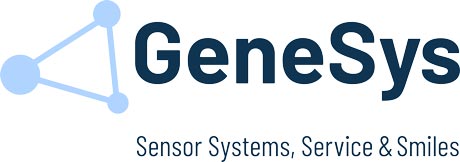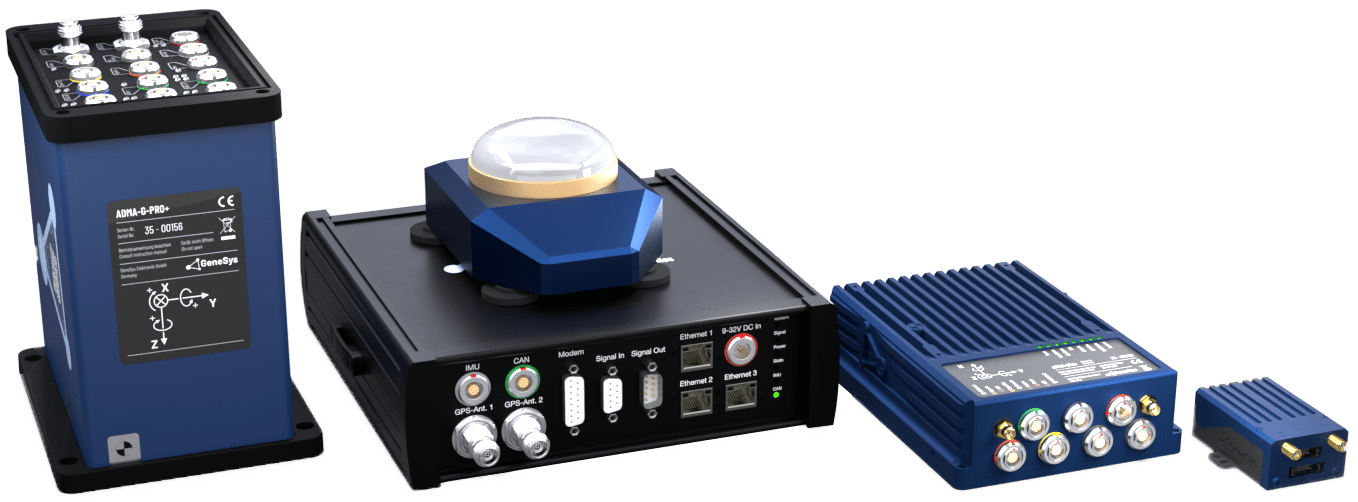Reliable reference and test systems for autonomous driving:
Inertial reference systems are critical for testing autonomous vehicles, providing a vital reference model to verify driving performance during the development of autonomous vehicle technologies. Self-driving or so-called autonomous driving vehicles will have to drive in a variety of environments on public roads, requiring a flexible reference and test system that can be deployed virtually anywhere.
Reflected satellite signals from structures, bridges and tunnels all result in significant jumps in position estimates. Pure GNSS systems therefore lack reliability on public roads.
GeneSys solutions for autonomous driving
Our inertial reference system ADMA for autonomous vehicle testing provides high-precision data even in the case of strong GNSS interference.
-
Users benefit from almost 30 years of application know-how and the experience of GeneSys experts
-
Different ADMA variants, our ADMA-PP post-processing software, ADMA Add-Ons and Options allow you to flexibly put together the ideal inertial navigation system for your requirements




